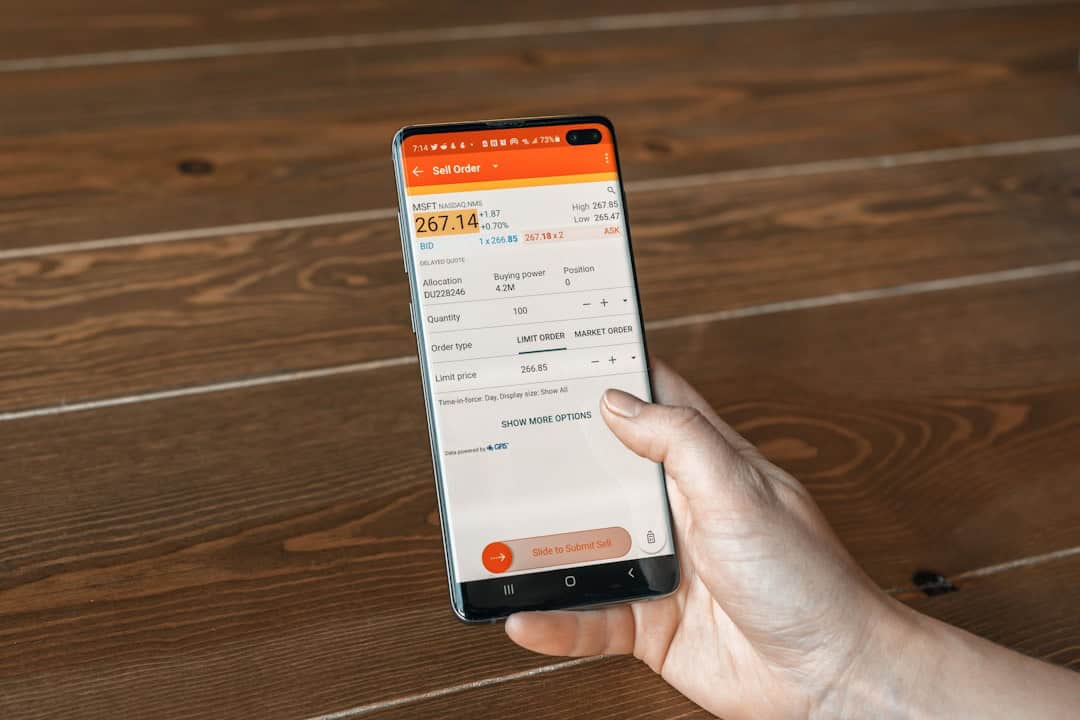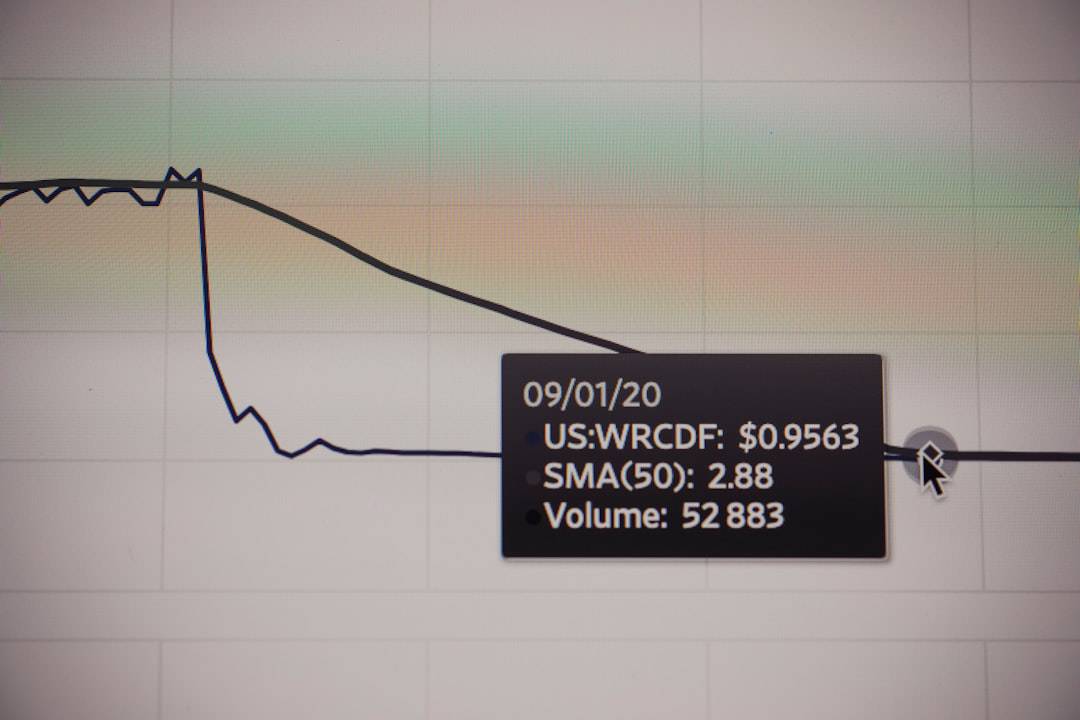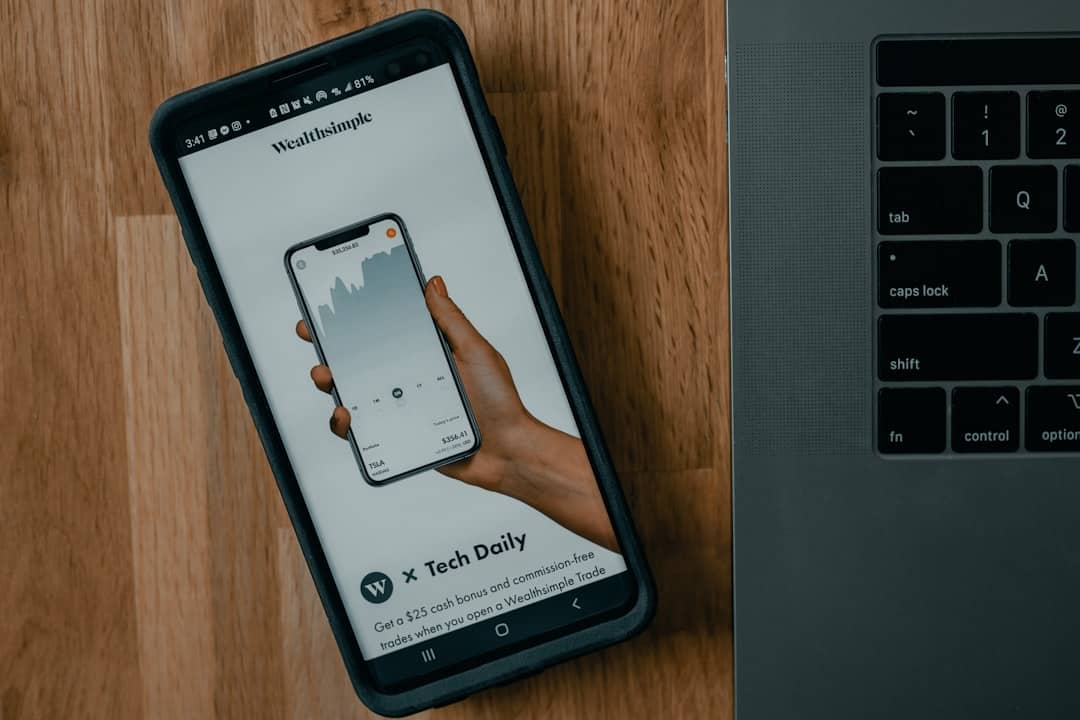Zero Trust Network Access (ZTNA) is a security model that eliminates trust based on network location within an organization. Traditional security models relied on distinguishing between trusted internal networks and untrusted external networks. However, the rise of remote work and cloud-based applications has rendered this approach obsolete and ineffective.
ZTNA operates on the principle of “never trust, always verify,” requiring continuous authentication and authorization for all users and devices, regardless of their location. ZTNA secures access to applications and resources based on identity, device health, and contextual factors, rather than relying on perimeter-based security. This approach ensures that only authorized users and devices can access specific resources, irrespective of their physical or network location.
ZTNA enhances security while providing a more flexible user experience, enabling secure access from any device and location. The implementation of ZTNA represents a significant shift in network security strategies. It moves organizations away from traditional perimeter-based models towards a more dynamic and adaptive approach that aligns with modern IT infrastructures and evolving cybersecurity threats.
This model is particularly relevant in today’s threat landscape, where cyberattacks are becoming increasingly sophisticated and targeted.
Key Takeaways
- Zero Trust Network Access (ZTNA) is a security model that requires strict identity verification for every person and device trying to access resources on a private network, regardless of whether they are inside or outside the network perimeter.
- Securing remote access is crucial for protecting sensitive data and preventing unauthorized access to corporate networks, especially with the rise of remote work and cloud-based applications.
- Netskope offers a comprehensive ZTNA solution that provides secure access to applications and data, while ensuring that only authorized users and devices can access sensitive resources.
- Key features of Netskope’s ZTNA solution include multi-factor authentication, granular access controls, and continuous monitoring to detect and prevent unauthorized access attempts.
- Netskope’s ZTNA solution enhances security by providing visibility and control over user and device access, reducing the attack surface, and preventing data exfiltration and insider threats.
The Importance of Securing Remote Access
Securing remote access has become increasingly critical as more organizations embrace remote work and cloud-based applications. With the traditional perimeter-based security model proving to be inadequate in protecting against modern cyber threats, organizations need a more robust and adaptive approach to secure remote access. Remote workers accessing sensitive corporate data from various locations and devices present a significant security challenge, as traditional security measures are often unable to effectively protect against the evolving threat landscape.
Additionally, the rise of cloud-based applications means that data is no longer confined to on-premises servers, further complicating the task of securing remote access. Furthermore, the COVID-19 pandemic has accelerated the shift to remote work, making it even more crucial for organizations to secure remote access effectively. As remote work becomes the new norm, organizations must prioritize securing remote access to protect sensitive data and maintain regulatory compliance.
A robust remote access security solution not only safeguards against external threats but also ensures that internal threats are mitigated, as employees accessing corporate resources remotely may inadvertently compromise security. In this context, ZTNA emerges as a critical security model for securing remote access, as it aligns with the dynamic nature of modern work environments and provides a more effective approach to protecting against cyber threats.
Netskope’s Solution for ZTNA

Netskope offers a comprehensive Zero Trust Network Access (ZTNA) solution that addresses the security challenges associated with remote access in today’s digital landscape. Netskope’s ZTNA solution is designed to provide secure access to applications and resources based on identity, device posture, and contextual factors, ensuring that only authorized users and devices can access sensitive corporate data. By leveraging a zero trust approach, Netskope’s solution eliminates the concept of trust based on network location, providing a more robust and adaptive security model for remote access.
Netskope’s ZTNA solution is built on a foundation of comprehensive visibility and control, allowing organizations to gain insights into user activities and enforce granular access policies based on contextual factors. This level of visibility and control is essential for securing remote access in today’s dynamic work environment, where employees access corporate resources from various locations and devices. Additionally, Netskope’s ZTNA solution integrates seamlessly with existing security infrastructure, providing a unified approach to securing remote access without disrupting the user experience.
Overall, Netskope’s ZTNA solution is designed to address the evolving security challenges associated with remote access, providing organizations with a robust and adaptive security model that aligns with the modern IT landscape.
Key Features of Netskope’s ZTNA Solution
| Key Features | Description |
|---|---|
| Zero Trust Network Access | Netskope’s ZTNA solution provides secure access to applications and resources without the need for a traditional VPN. |
| Granular Access Control | Offers fine-grained control over user access to specific applications and resources based on policies and user attributes. |
| Multi-factor Authentication | Supports multi-factor authentication to ensure secure user authentication and access to resources. |
| Application Segmentation | Enables segmentation of applications and resources to prevent lateral movement and reduce the attack surface. |
| Visibility and Monitoring | Provides real-time visibility into user access and activity, allowing for monitoring and threat detection. |
Netskope’s ZTNA solution offers a range of key features that make it a comprehensive and effective security solution for remote access. One of the key features of Netskope’s ZTNA solution is its granular access control capabilities, which allow organizations to enforce policies based on user identity, device posture, and contextual factors. This level of granularity ensures that only authorized users and devices can access specific applications and resources, reducing the risk of unauthorized access and data breaches.
Another key feature of Netskope’s ZTNA solution is its comprehensive visibility and analytics capabilities, which provide organizations with insights into user activities and potential security risks. By gaining visibility into user behavior and activities, organizations can proactively identify and mitigate potential security threats, enhancing overall security posture. Additionally, Netskope’s ZTNA solution offers seamless integration with existing security infrastructure, allowing organizations to leverage their investments in security tools while enhancing remote access security.
Furthermore, Netskope’s ZTNA solution prioritizes user experience, providing a seamless and flexible access experience for remote workers. By enabling secure access from any device and any location, Netskope’s ZTNA solution ensures that employees can remain productive while adhering to strict security policies. Overall, the key features of Netskope’s ZTNA solution make it a comprehensive and effective security solution for securing remote access in today’s digital landscape.
How Netskope’s ZTNA Solution Enhances Security
Netskope’s ZTNA solution enhances security by providing a robust and adaptive approach to securing remote access in today’s dynamic work environment. By leveraging a zero trust model, Netskope’s solution ensures that no user or device is inherently trusted, regardless of their location. This approach eliminates the concept of trust based on network location, providing a more effective security model for remote access.
Additionally, Netskope’s ZTNA solution offers granular access control capabilities, allowing organizations to enforce policies based on user identity, device posture, and contextual factors. Furthermore, Netskope’s ZTNA solution enhances security by providing comprehensive visibility and analytics capabilities, enabling organizations to gain insights into user activities and potential security risks. By proactively identifying and mitigating potential threats, organizations can enhance their overall security posture and reduce the risk of data breaches.
Additionally, Netskope’s ZTNA solution prioritizes user experience, ensuring that employees can securely access corporate resources from any device and any location without compromising productivity. Overall, Netskope’s ZTNA solution enhances security by providing a comprehensive and effective approach to securing remote access in today’s digital landscape. By addressing the evolving security challenges associated with remote access, Netskope’s solution enables organizations to protect sensitive data and maintain regulatory compliance while providing a seamless and flexible user experience for remote workers.
Implementing Netskope’s ZTNA Solution for Remote Access

Implementing Netskope’s ZTNA solution for remote access involves several key steps to ensure a seamless and effective deployment. The first step in implementing Netskope’s ZTNA solution is to conduct a thorough assessment of the organization’s existing network infrastructure and security requirements. This assessment will help identify specific use cases for remote access and determine the appropriate policies and controls needed to secure access to applications and resources.
Once the assessment is complete, organizations can begin configuring Netskope’s ZTNA solution to align with their specific security requirements. This involves defining granular access policies based on user identity, device posture, and contextual factors to ensure that only authorized users and devices can access sensitive corporate data. Additionally, organizations can leverage Netskope’s comprehensive visibility and analytics capabilities to gain insights into user activities and potential security risks.
After configuring Netskope’s ZTNA solution, organizations can begin testing the deployment to ensure that it aligns with their security requirements and provides a seamless user experience for remote workers. This testing phase allows organizations to identify any potential issues or gaps in the deployment and make necessary adjustments before fully implementing the solution. Once testing is complete, organizations can roll out Netskope’s ZTNA solution for remote access across their network infrastructure, ensuring that all relevant stakeholders are trained on the new security measures and understand how to securely access corporate resources from any location or device.
By following these key steps, organizations can effectively implement Netskope’s ZTNA solution for remote access, enhancing overall security while providing a seamless user experience for remote workers.
The Future of Remote Access Security with ZTNA
The future of remote access security lies in Zero Trust Network Access (ZTNA), as organizations continue to embrace remote work and cloud-based applications. With the traditional perimeter-based security model proving to be inadequate in protecting against modern cyber threats, ZTNA represents a paradigm shift in how organizations approach network security. By eliminating the concept of trust based on network location and focusing on securing access to applications and resources based on identity, device posture, and contextual factors, ZTNA provides a more robust and adaptive approach to securing remote access.
As the digital landscape continues to evolve, the importance of securing remote access will only grow, making ZTNA an essential security model for organizations looking to protect sensitive data and maintain regulatory compliance. Additionally, as remote work becomes the new norm, organizations must prioritize securing remote access to ensure that employees can securely access corporate resources from any location or device without compromising productivity. Overall, the future of remote access security with ZTNA is one that prioritizes comprehensive visibility and control while providing a seamless user experience for remote workers.
By embracing ZTNA as a critical security model for securing remote access, organizations can enhance their overall security posture while adapting to the dynamic nature of modern work environments. As such, ZTNA represents the future of remote access security, providing a more effective approach to protecting against cyber threats in today’s digital landscape.
If you’re interested in learning more about the potential impact of the metaverse on various industries, you should check out this article on business collaboration in the metaverse. It delves into how the metaverse could revolutionize the way businesses operate and collaborate, and how technologies like ZTNA Netskope could play a crucial role in securing these virtual environments.
FAQs
What is ZTNA Netskope?
ZTNA Netskope is a Zero Trust Network Access solution provided by Netskope, a cloud security company. It is designed to provide secure access to applications and resources, regardless of user location.
How does ZTNA Netskope work?
ZTNA Netskope uses a Zero Trust approach to verify the identity of users and devices before granting access to applications and resources. It uses a combination of user and device authentication, as well as policy-based access controls.
What are the benefits of using ZTNA Netskope?
Some of the benefits of using ZTNA Netskope include improved security, simplified access management, and the ability to provide secure access to applications and resources for remote and mobile users.
Is ZTNA Netskope suitable for all types of organizations?
ZTNA Netskope is designed to be suitable for organizations of all sizes and across various industries. It can be particularly beneficial for organizations with remote or mobile workforce, as well as those looking to enhance their security posture.
How does ZTNA Netskope differ from traditional VPN solutions?
ZTNA Netskope differs from traditional VPN solutions in that it provides a more granular and secure approach to access management. It does not require users to be on the corporate network to access applications and resources, and it can provide more fine-grained access controls based on user and device attributes.











Leave a Reply